Learn how and why to teach correct pencil grip in this blog post and accompanying videos from Jenny Phillips, founder of The Good and the Beautiful homeschool curriculum.
Then practice the best pencil grip with your little ones with these free handwriting pages from our best-selling Doodles & Pre-writing for Littles handwriting books.
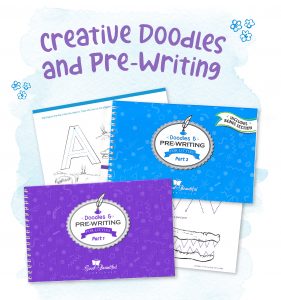
What Is a Good Pencil Grip?
A good pencil grip allows a child to
- move his or her fingers efficiently rather than the wrist, the whole hand, and the arm;
- not fatigue easily; and
- write neatly.
A few different pencil grips work efficiently, but the dynamic tripod grip is the gold standard. It works like this:
The pencil rests against the hand and the middle finger, while the thumb and index finger control the pencil. The other two fingers are tucked under.
As you write, your fingers control the pencil. Having this much control from the fingers makes it easier to write neatly. You have precise control close to the tip of the pencil. Also notice that as you write, there is very little movement in the wrist or the arm.
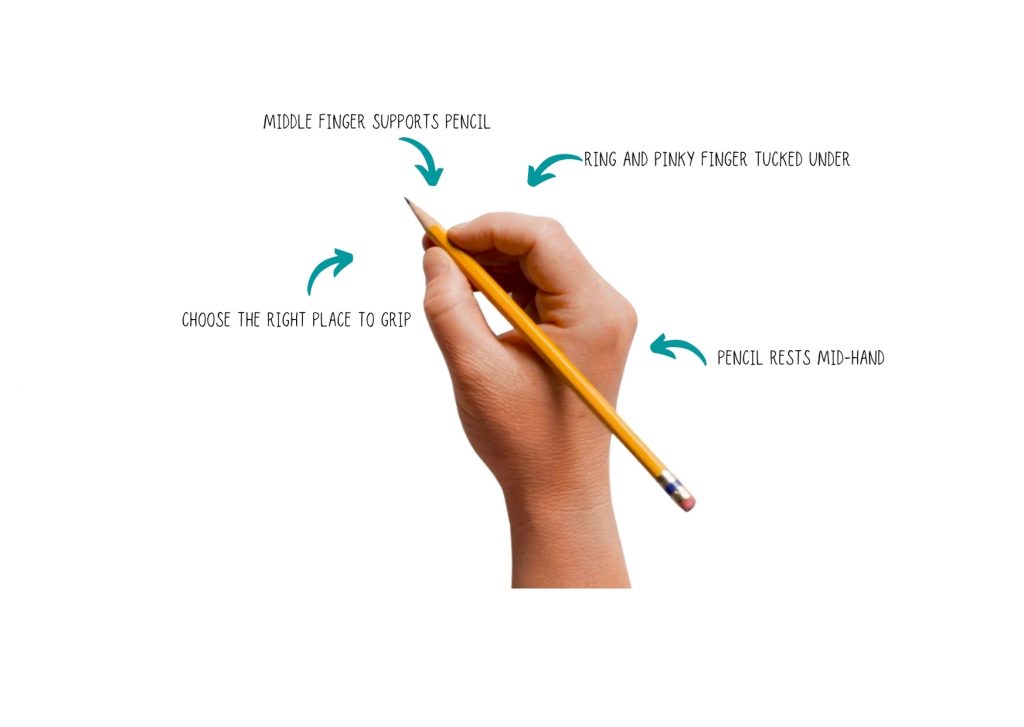
Avoid Incorrect Pencil Grip
What happens when you use an incorrect pencil grip? Try writing with your wrist, hand, or arm and see how much movement is in the wrist. You may even see your arm muscles moving.
Not only does incorrect position fatigue the hand, wrist, and arm muscles, it also covers the letters and blocks your vision while writing. A correct pencil grip provides a much clearer view of the letters.
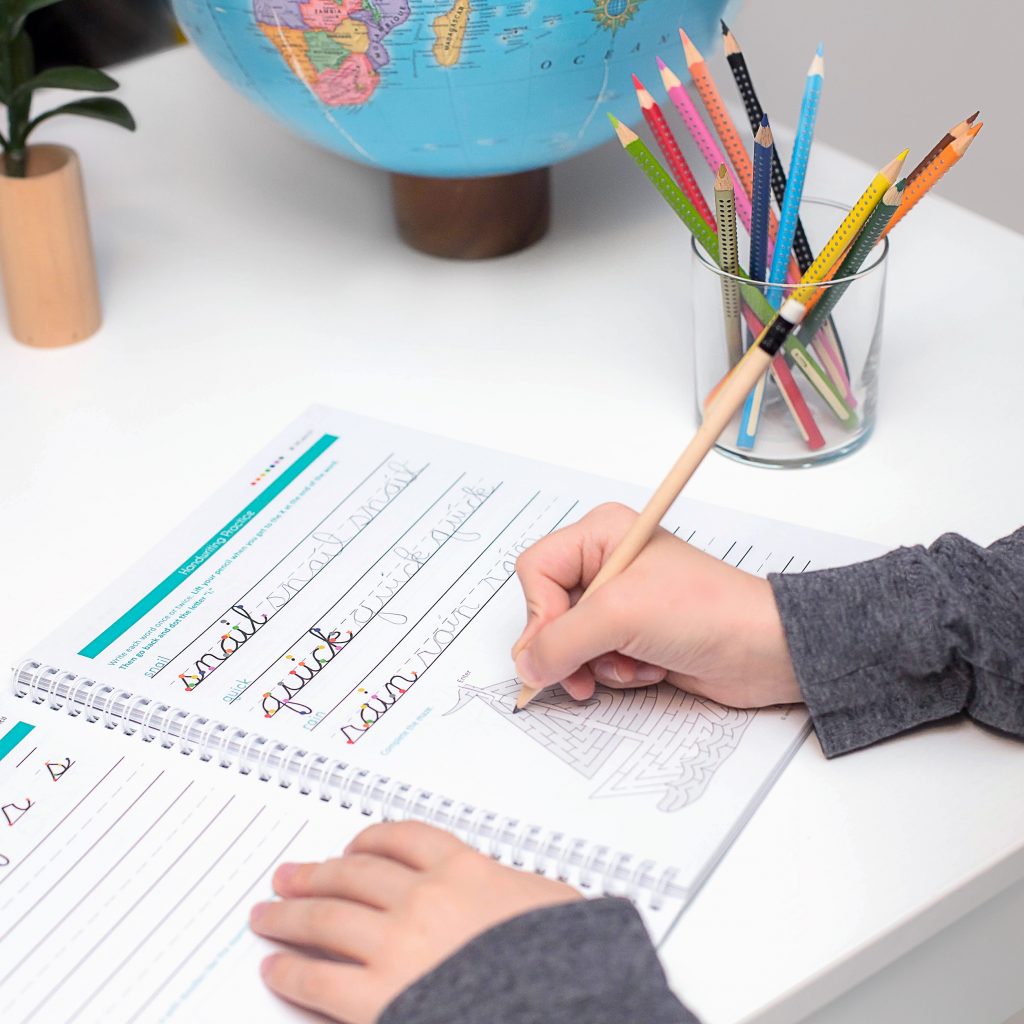
Incorrect Pencil Grip
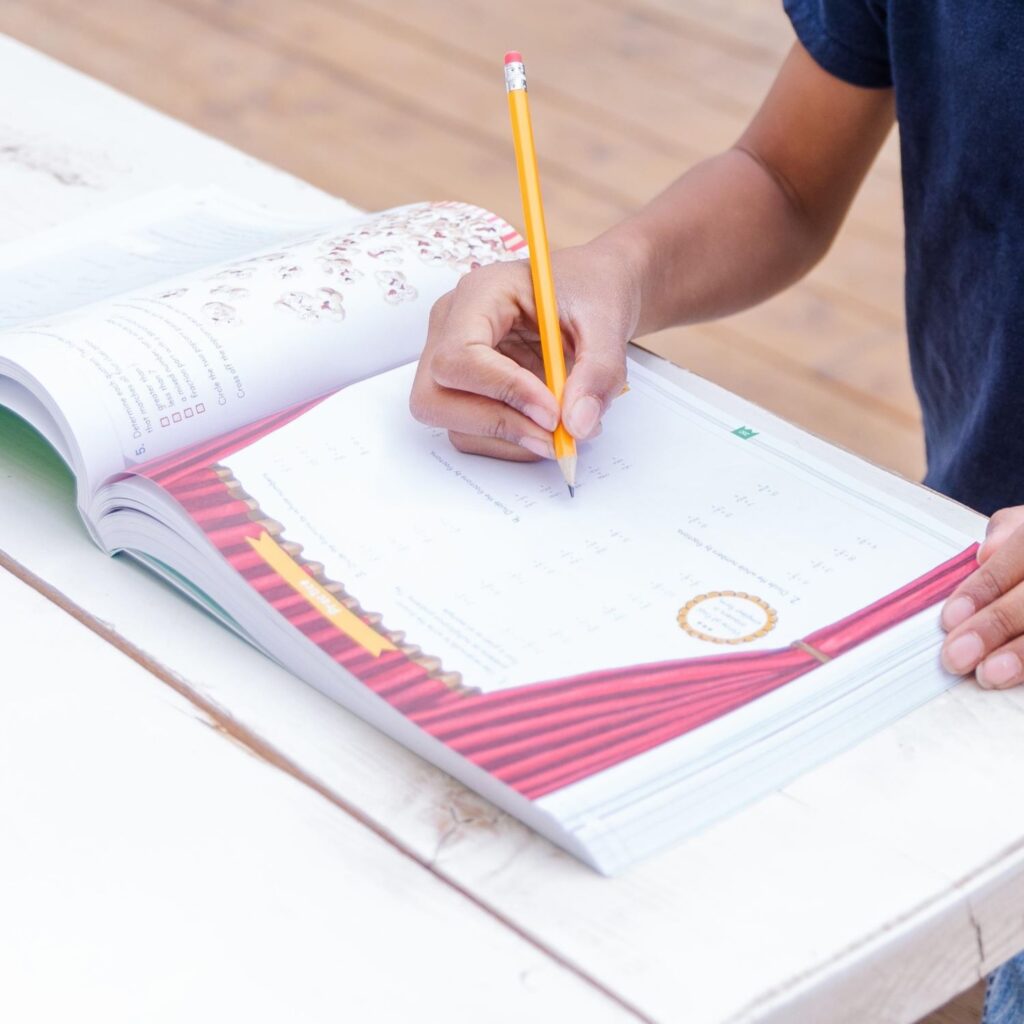
Correct Pencil Grip
Young toddlers don’t usually have the fine motor skills to use the dynamic tripod grip. It’s fine for them to hold their crayons and pencils however they are comfortable. The more children use their hands for things like coloring, play dough, cutting, and playing with blocks, the sooner they will develop the necessary strength and fine motor skills to hold pencils in a dynamic tripod grip. This usually happens between ages four and a half and seven.
Correcting a poor pencil grip is harder the longer it is used, so as soon as your child is ready, it is a good idea to work on pencil grip. But pencil grip is usually not a child’s favorite thing to learn! In the video and below, I share a way to teach pencil grip to make writing more enjoyable.
Teaching Pencil Grip
Proper pencil grip may feel unnatural to your child at first, but they will get used to it. Many children will start with a correct grip if you help them and then switch to what they are used to.
How often do you stop your child and have him or her use the correct pencil grip? As often as you can without frustrating them too much. Read your child’s cues and don’t push too hard.
If you are teaching this skill while doing language arts or handwriting lessons AND having the child focus on using the correct pencil grip when he or she hasn’t mastered it, the child is going to get frustrated easily. It can be hard enough for a child to focus on letter formation alone.
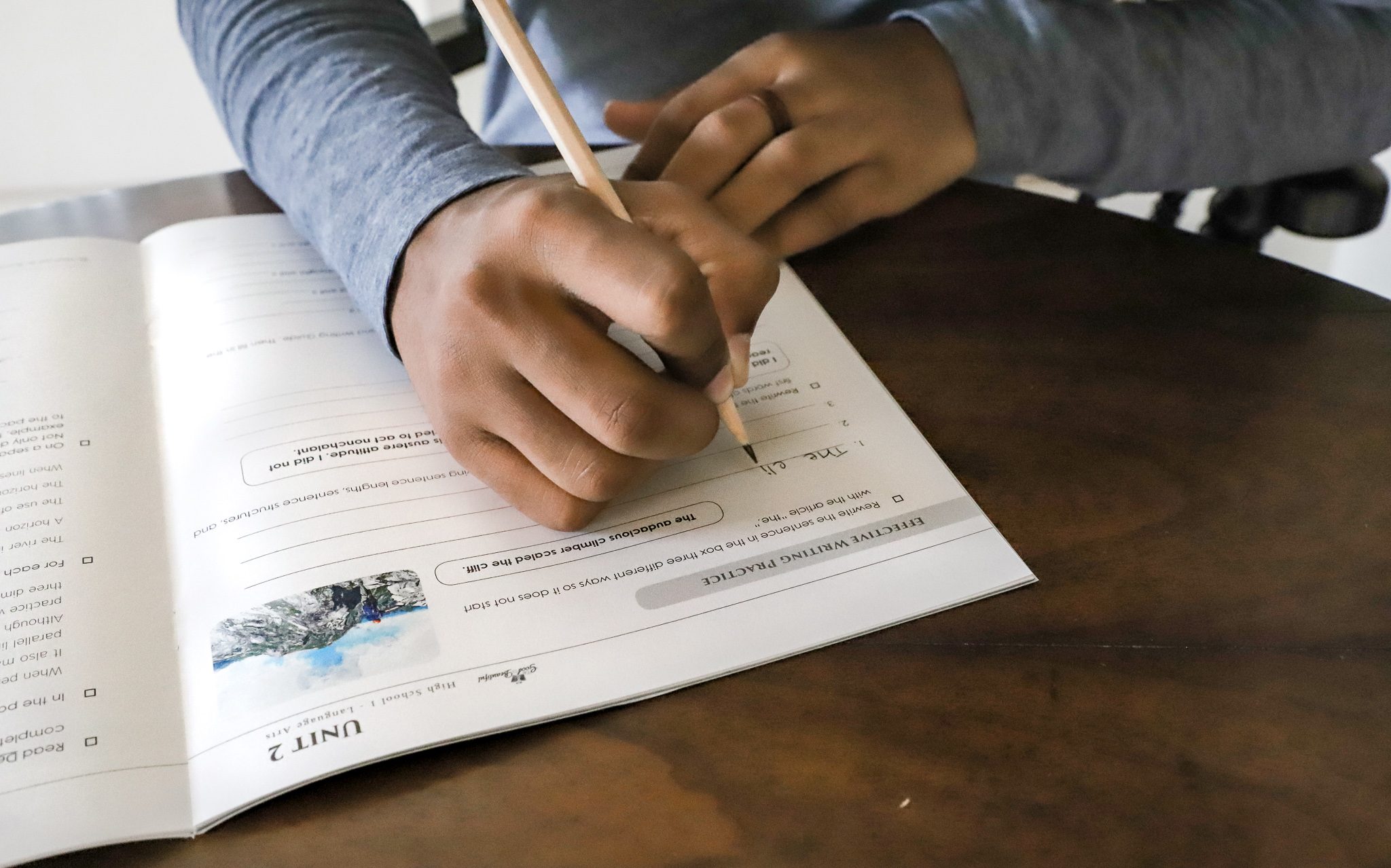
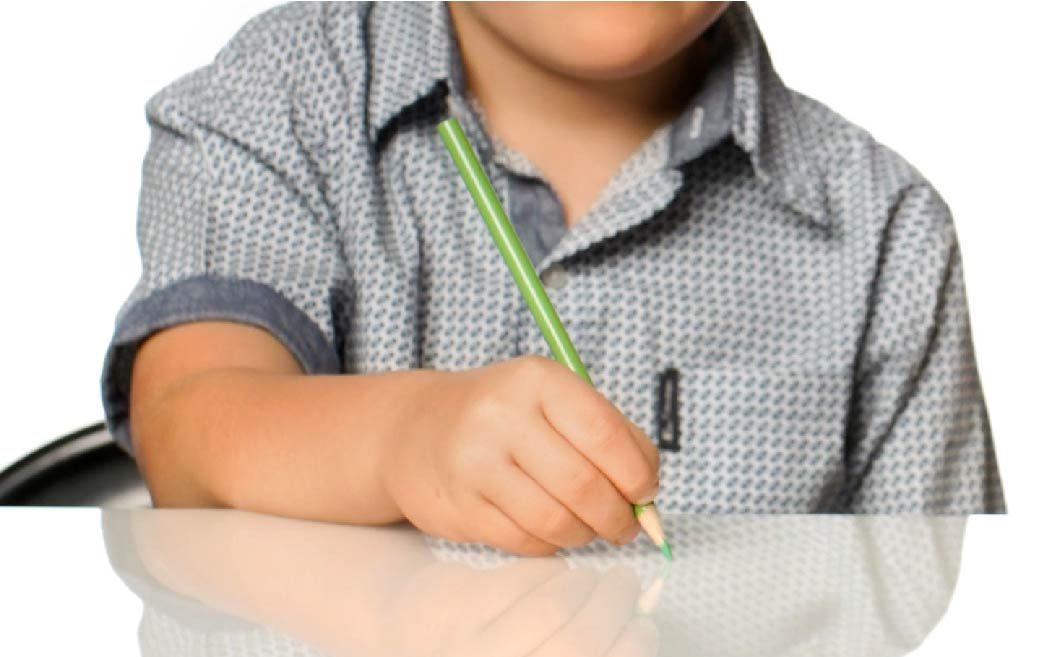
If you can, I suggest setting aside all curriculum and focusing just on pencil grip, making it fun until it is mastered—even if that takes you one, two, or three weeks. From there it will be smooth sailing, and the child can focus just on the language arts or handwriting principles without feeling overwhelmed.
Here are two tips to help you succeed:
- First, remember to take it step by step.
Start with simple dot-to-dot activities or mazes. Try our Doodles & Pre-Writing for Littles, in which a child starts by tracing lines. This is beneficial even if your child is five or six. One point is critical: learning good pencil grip is hard, so be sure to choose writing activities that are fun.
- Then, transition to words if the child can already write and spell.
For example, give the child a blank piece of paper, dictate a word, and have the child write a word that rhymes with it. Start with simple words like CAT and LIP.
Final Thoughts
Have a child practice writing with proper pencil grip until it is comfortable—before having them take on academic work that is more challenging. It may take some work and reminders, but once a correct grip is solidified, it will be a blessing to your child.
One last piece of advice: If a child has been holding a pencil incorrectly for years, it’s very hard to change. Children can still write quickly and neatly with an incorrect pencil grip, even if it might be a little less efficient and neat.
You’ll have to determine on an individual basis if changing the child’s position is worth the possible work and frustration. If your child’s pencil grip is working well for him or her, the change is probably not worth the stress it may put on you and the child. Use your best judgment.
We have so many free and beautiful resources that help hundreds of thousands of families grow in good and beautiful ways. Check out goodandbeautiful.com today.
You may also like . . .





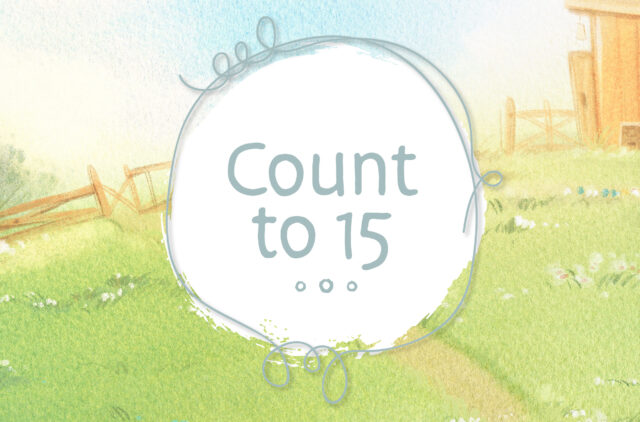

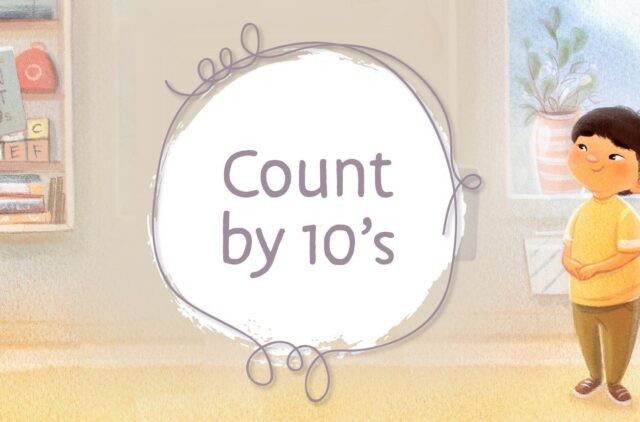


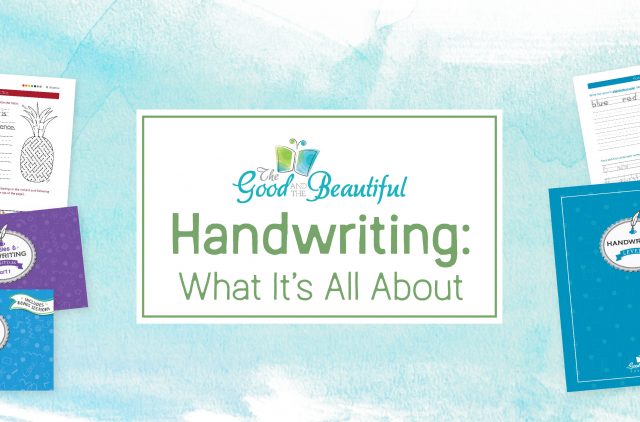
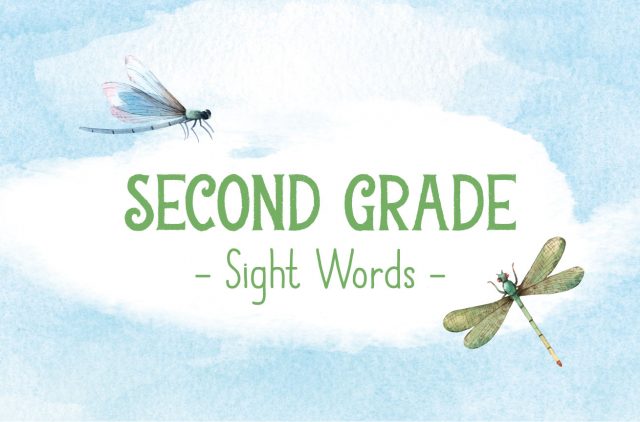
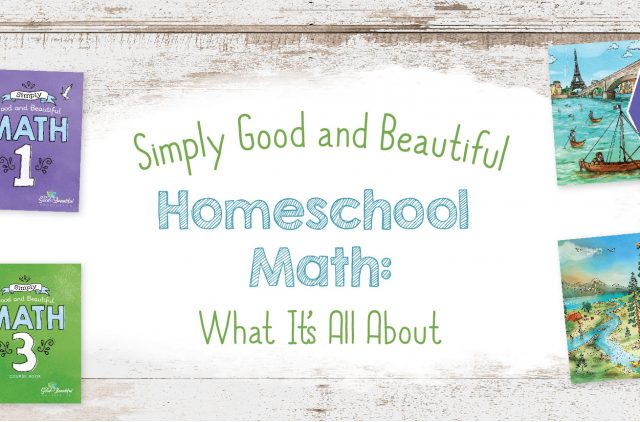
Comments